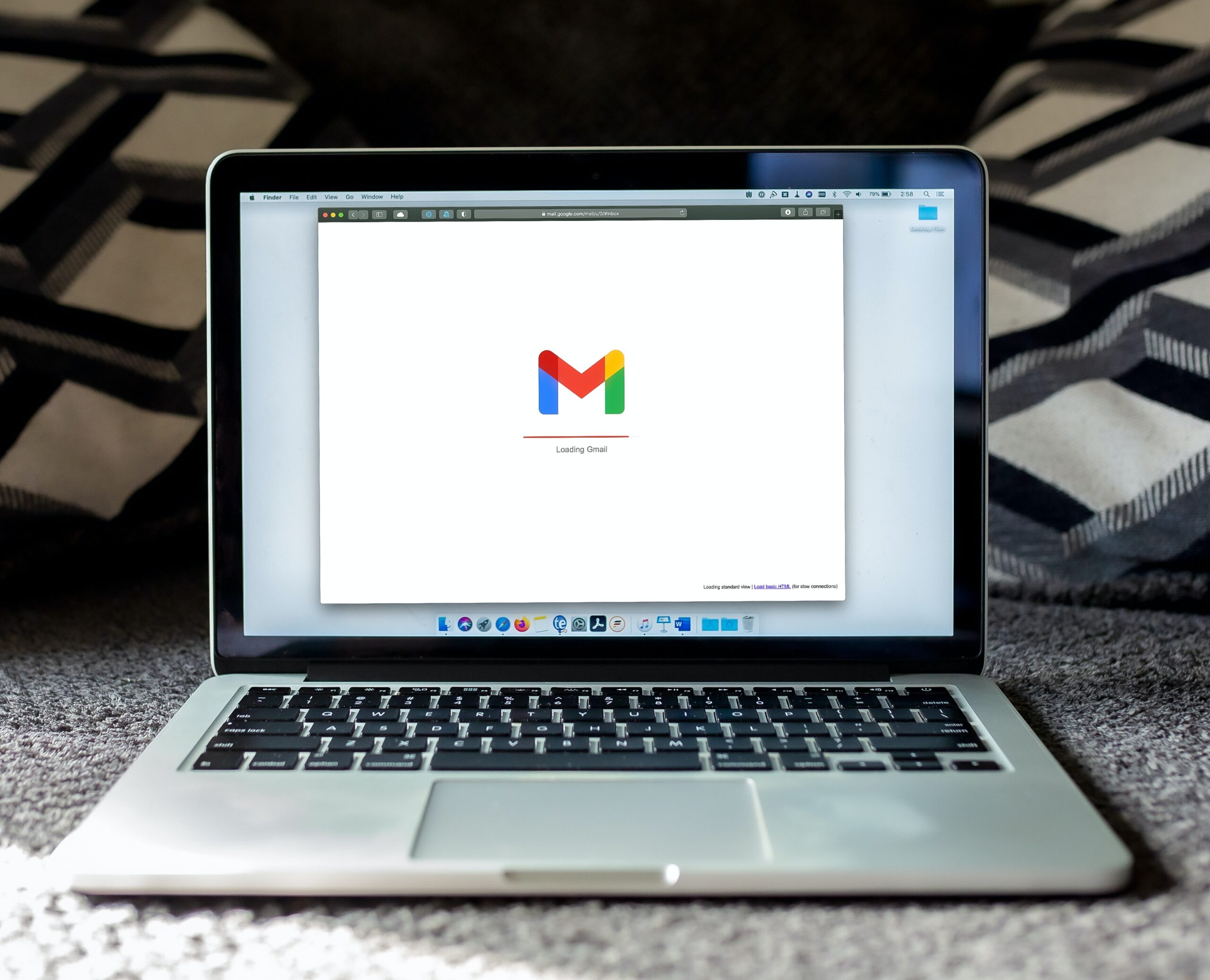Google rolled out its new helpful content update, aiming to improve the quality of content on the web and facilitate better search journeys. But what does this mean for content creation and how will it affect your ongoing content strategy?
At the core of Google’s helpful content system is a series of algorithms that determine whether your content is, well, helpful! Some web pages try to hack the system and trick Google into ranking pages higher in search results despite their poorer quality, but these blackhat tactics often result in penalties .
Google’s September 2023 helpful content update warns website owners against certain actions, including faking the freshness of content, lending domain authority to third parties, and publishing irrelevant content. Google has also eased the previous limitations it placed around the use of AI to assist with content creation.
Here’s everything you need to know.
What is the helpful content update?
Google’s helpful content update looks to phase out content that’s written solely for search engines. Once implemented, unoriginal, paraphrased content won’t perform as well in search rankings. To quote Google’s Developer page:
“The helpful content update aims to better reward content where visitors feel they’ve had a satisfying experience, while content that doesn’t meet a visitor’s expectations won’t perform as well.”
Google explains that this update will provide better information, satisfy user intent, and connect people with interesting, rich content written for humans.
While the update does put less emphasis on SEO, Google also makes it clear that businesses should still follow long-standing guidelines and advice to meet SEO best practices.
So how will Google implement this latest helpful content update?
September 2023 updates to the Google helpful content update
Warnings against faking updates
One of the ways that Google determines whether a piece of content is helpful to a user is the recency of its publication.
Don’t get us wrong, evergreen content has its place in Google’s search results. But, for instance, if a user was searching for ‘latest statistics around the UK D2C industry’, they’d probably prefer to see an article that was published this year over one published 5 years ago.
Knowing this, some websites will try to trick Google’s crawlers into thinking that content is ‘fresher’ than it actually is, by changing the date of publishing, or making minor, insignificant changes and republishing.
In Google’s self-assessment guidance for the updated helpful content system, it warns against changing the date of pages to make them “seem fresh” when the content hasn’t “substantially changed”. It also discourages removing older content and excessively adding newer content in an attempt to make the website appear recent and up-to-date.
Easing on the rules of AI content
In the previous helpful content update, Google appeared to take a firm stance against the use of AI to write content, prioritizing “Helpful content written by people, for people”.
In the 2023 update, however, the wording has changed slightly to indicate that it will prioritize “original, helpful content created for people”.
This small update suggests that Google will be less strict on the assistance of AI to create content. However, as the content must be original, it’s not necessarily a green light for websites to use entirely machine-generated content.
Caution on third party content
Some websites may host third party content either on their main site or under subdomains, with the idea that their higher domain authority will help this content rank higher in search results.
However, Google’s guidance in the latest helpful content system update warns that this might impact the overall ranking of the host site, especially when the content does not align with its core purpose or messaging. To prevent this, Google recommends that host websites prevent Google’s indexing tools from accessing such third party content.
The Google helpful content update in practice: How to create helpful, reliable, people-first content
Google ranks the most helpful and reliable information created for people—rather than search engines—highest in its search results.
To understand whether you’re producing helpful and reliable content, Google recommends self-assessing it against a series of questions:
- If the content draws on other sources, does it avoid simply copying or rewriting those sources, and instead provide substantial additional value and originality?
- Does the main heading or page title avoid exaggerating or being shocking in nature?
- Is the content produced well, or does it appear sloppy or hastily produced?
- Is this content written or reviewed by an expert or enthusiast who demonstrably knows the topic well?
- Will someone reading your content leave feeling like they’ve had a satisfying experience?
- Are you changing the date of pages to make them seem fresh when the content has not substantially changed?
- Are you adding a lot of new content or removing a lot of older content primarily because you believe it will help your search rankings overall by somehow making your site seem “fresh?” (No, it won’t)
Check out the complete list of questions on Google’s Developer page to ensure you meet the new update’s best practices.
Content marketing: the secrets for success

How do you find the sweet spot between audience-centric content and passing the algorithm’s assessment?
Here are some steps to increase your chances of success:
- Perform an objective content analysis, looking at both its overall quality and how well it satisfies user intent.
- Once you’ve evaluated your content, eliminate or update content you believe is focused too heavily on SEO. Ask, has it been created primarily to rank on Google? Keyword-stuffed pieces are redundant and you should delete them.
- Highlight your expertise within your niche. This can be achieved through first-person content ‘from’ someone in your team, thought leadership content based on trending topics, or any other authentic and original, value-add pieces. Content like this really ticks the box for ‘unique’ content under Google’s latest update.
- Don’t rely too heavily on keyword research tools. Google is getting smarter at identifying content that delivers no additional value on top of what’s already ranking. Google wants unique perspectives and original, helpful content; use keyword analysis as a starting point and then think about how you can add to the conversation.
How to recover from a dip in visibility following the latest helpful content update
If you’ve noticed a drop in your visibility or website traffic since the helpful content update, you may need to self-assess your content with the latest updates in mind.
For instance, if you’re hosting any third party content, it might be a good idea to block Google’s crawlers from indexing it. If you’ve shared any unoriginal content or content that was solely AI-generated, you may wish to review and rework it to ensure that it’s authentic and helpful.
You’ll also want to make sure that your pages are delivering a great experience that delivers value to its readers. The more time a user spends on your page, engaging with your content, the more likely it is that Google will rate it as helpful.
Why we’re cautious about Google’s September 2023 helpful content update
Although September’s update indicated that Google’s helpful system will be less strict on the use of AI in producing content, website owners should still exercise caution when using these tools. The update stresses the importance of “original, helpful content” and overreliance on artificial intelligence will not align with this guidance.
It’s very possible that Google’s original guidance may have been too strict on the use of AI. While it’s never a good idea to copy and paste AI-written content and claim it as your own, it can be a useful tool for inspiring ideas or assisting in content creation.
To really achieve unique, people-first content, focus on the readers’ needs and seek to genuinely help your audience. Businesses will need to work even harder to deliver valuable, engaging, content.
While we’re not convinced that AI will be able to achieve this level of authenticity when producing content, we’re equally excited and cautious to see what happens.
Do you want to create content that customers and Google’s helpful content update will love? Get in touch with Scribly today. Together we can engage, entertain, and educate your audience — and get you ranking, too.
This post was originally published on August 29, 2022 by Lauren Bennett. It was updated on October 12, 2023 by Eleanore Nash in line with the updated guidelines released by Google in September 2023.




